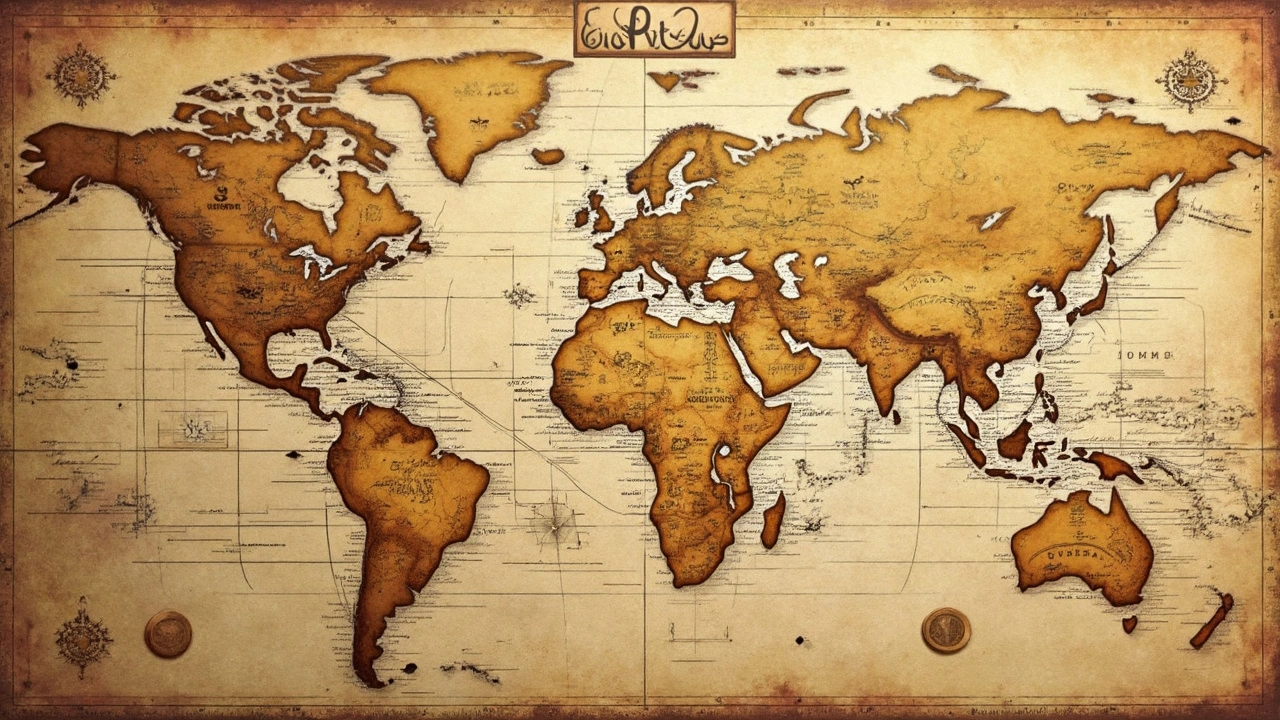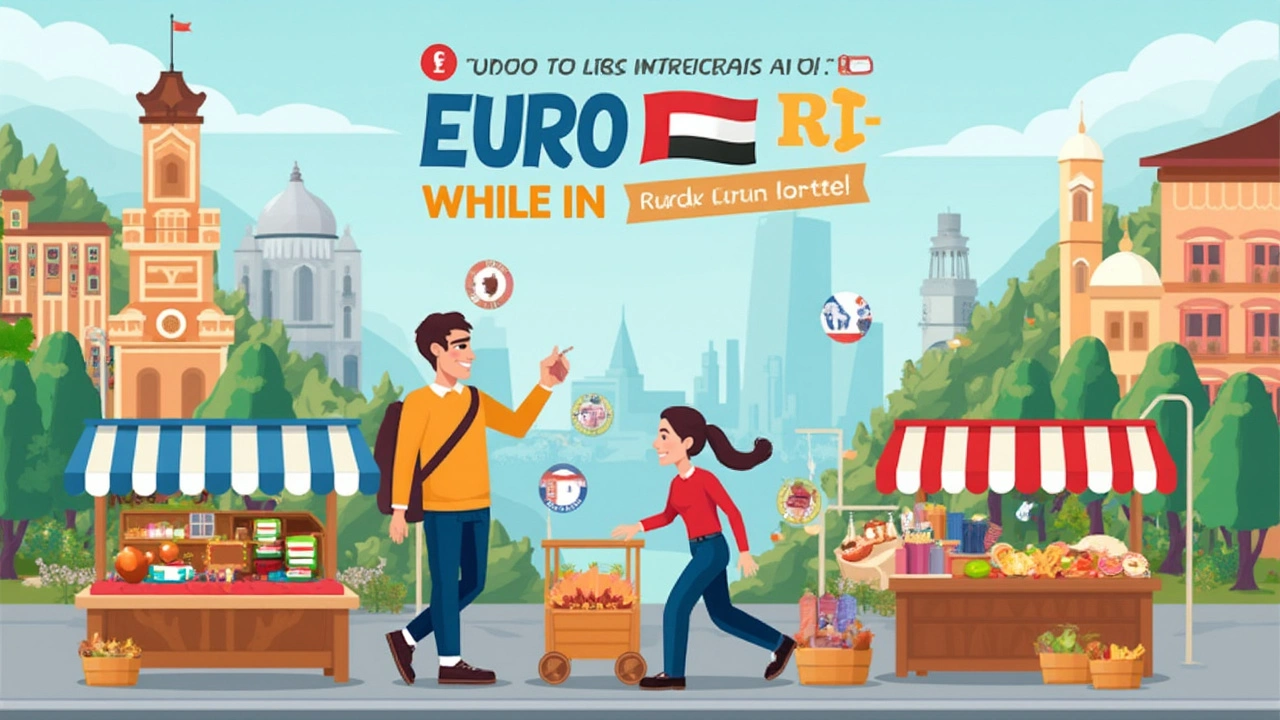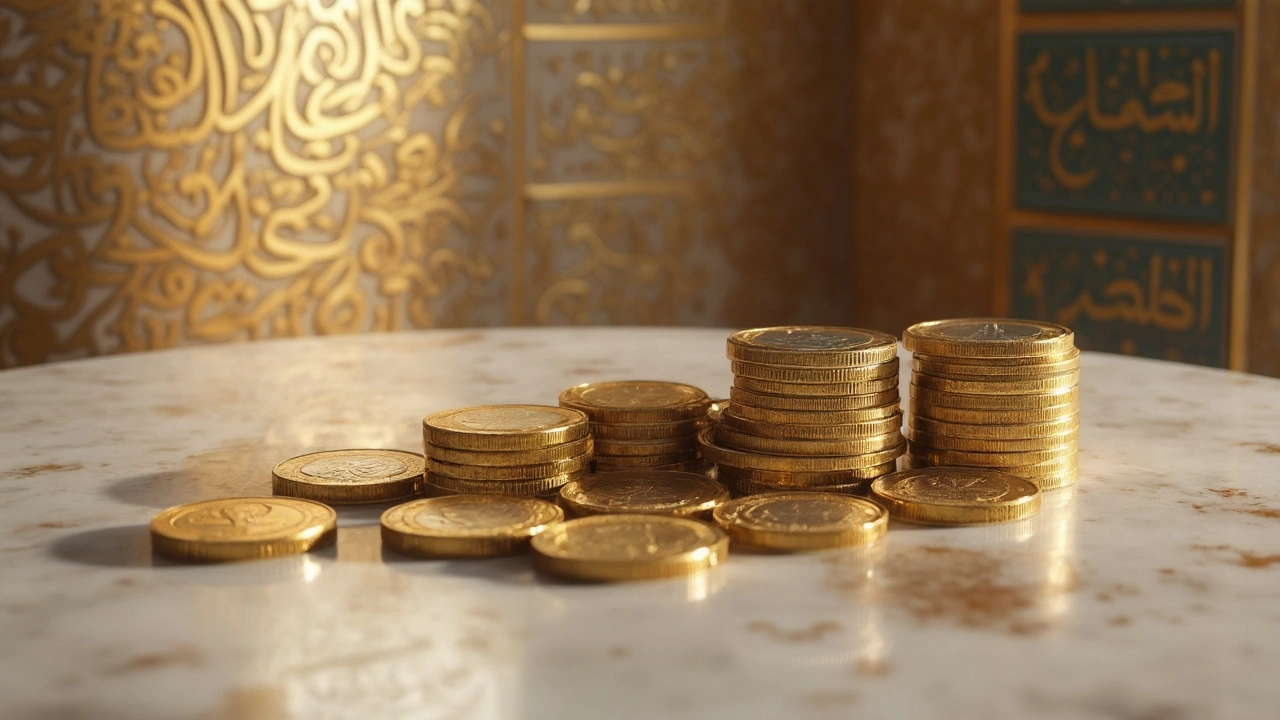Ever found yourself wondering what those smaller units of the euro are called? Well, they’re called cents, plain and simple. Just like the pennies to the dollar, euro cents are the backbone of countless everyday transactions in many countries across Europe.
Why should you care about these little coins, you ask? They're everywhere! When you're buying a coffee, grabbing a quick snack, or even dealing with pesky parking meters, understanding how cents work could save you more than you'd think. Plus, mastering this can make your travels or transactions much smoother.
Though it seems straightforward, euro cents have an interesting history that reflects the broader journey of the euro itself, and a few curious facts might surprise you. So, whether you're a travel enthusiast gearing up for a European adventure or just a curious mind, knowing about euro cents is not just useful – it’s downright necessary.
- Euro Cents: The Basic Unit
- History and Origin of Euro Cents
- How Euro Cents Function in the Economy
- Practical Tips for Handling Euro Cents
- Fun Facts About Euro Cents
Euro Cents: The Basic Unit
Euro cents might seem like the underdogs of the euro world, but they play a crucial role in daily life. They're simply the smaller units of the euro, which is the official currency for 19 of the 27 European Union countries. Every euro is divided into 100 cents, much like the dollar-penny relationship. This setup helps in breaking down prices and making precise payments.
Understanding the Value
A euro is made up of 100 cents, making it easy to transition between small and large amounts. For instance, when you're out shopping, seeing a price tag or getting change in your hand feels more tangible with cents involved. Coins come in denominations of 1, 2, 5, 10, 20, and 50 cents, with each representing a simple fraction of a full euro. Handy, right?
Everyday Use
These coins are not just metal pieces; they're life-savers when it comes to small transactions. From buying a street-side espresso to tipping at a cozy bistro, cents make it possible to deal with exact amounts. Plus, they come in handy for public transport fares, parking meters, and vending machines across Europe.
The Little Details
Now, here's a fun fact: each euro cent has a common side with a map of Europe and a national side that reflects the country it was minted in. This gives a unique character to your pocket change. So, next time you're in Europe and fiddling through your change, take a second to appreciate the blend of cultures that each nation brings to its currency.
History and Origin of Euro Cents
Euro cents came into play when the euro was introduced in January 2002. Before that, different European countries had their own currencies, making trading and traveling between them somewhat of a hassle due to constant currency conversion.
The move to a single currency was highly ambitious, symbolizing unity and simplifying transactions across member states. The euro replaced currencies like the franc, lira, and the deutschmark. Alongside the euro came the cents, essential for smaller transactions and day-to-day purchases.
The Birth of Cents
When the European Central Bank rolled out the euro, euro cents were minted in values ranging from 1 to 50 cents. These denominations were selected meticulously to cover a wide range of the smallest transactions, making life easier for both consumers and businesses.
The design of these cent coins varied by country, each nation adding its own touch to showcase its culture on one side, while the reverse side was standardized with a map of Europe.
A Bold Move
The introduction of euro cents wasn't without its challenges. It required massive coordination and public information campaigns to get people on board with ditching their national currencies. The transition involved replacing over 12 billion banknotes and 70 billion coins in 2002 alone!
| Year | Event |
|---|---|
| 1999 | Euro officially introduced as a virtual currency |
| 2002 | Physical euro and cents launched |
The seamless transition proved the skeptics wrong and helped unify the economics of the eurozone.
Today, euro cents have become an indispensable part of life in the eurozone, making everyday transactions easier and helping bridge the gap between different national economies.

How Euro Cents Function in the Economy
Euro cents might be small, but they play a big role in Europe's economy. Imagine trying to buy something as cheap as a candy bar without anything less than a euro. It's the euro cents that make pricing such items possible and give stores the ability to provide precise change.
With euro as the standard currency for 19 of the European Union's countries, the importance of euro cents can't be overlooked. In fact, these tiny units help keep prices competitive. You see, stores often price items in euro cents to attract shoppers, making goods appear cheaper.
The Role in Cash Transactions
In everyday life, euro cents shine as a tool for cash transactions. From the cafes of Paris to the markets of Berlin, these coins ensure we can settle up to the exact amount, cutting down on the need for rounding up.
Impact on Pricing Psychology
There's also a psychological side to these cents. Ever notice how prices often end in .99? That's the work of euro cents, enticing folks into thinking they're scoring a bargain, even if it's just a cent lower.
Here's an interesting tidbit – the less these coins are used, the more likely prices would be rounded up, leading to what's sometimes called 'rounding inflation'. In countries using the euro, ensuring those cents stay in circulation helps control this tendency.
Economists' Perspective
According to some economists, euro cents provide a buffer in the fight against inflation. Though small, they prevent prices from relentlessly climbing by allowing for smaller price adjustments. This stability is appealing for consumers who feel the pinch on their wallets when prices rise too fast.
Practical Tips for Handling Euro Cents
Handling euro cents doesn't have to be a hassle. Whether you're vacationing in Europe or there for business, these tips will help you manage those tiny, valuable coins.
Always Have a Coin Purse
Before heading out, invest in a small coin purse. With multiple euro coins (1, 2, 5, 10, 20, and 50 cents, plus 1 and 2 euro coins), it's a lifesaver. Having them organized helps at cafes, vending machines, and especially public transport ticket machines.
Use Them to Avoid Small Change
When you buy something small, use cents instead of breaking a larger bill. It reduces change clutter and keeps your travel wallet lean. Retailers are usually appreciative of exact change as it speeds up the line.
Kiosk and Market Shoppers
Planning to hit the local markets or kiosks? They're hotspots for cash payments, so knowing your cents helps you haggle or purchase efficiently without flashing big bills.
Pay Attention to Rounding Rules
In some countries, cash payments might be rounded to the nearest five cents. It's essential to know these rules to avoid minor shocks at the register.
Sorted by Denomination
Carry a small baggie to sort coins by denomination. It saves time at registers and makes self-checkout lanes a breeze. Plus, it ensures you aren't scrounging for the right cent size.
Table of Euro Cent Distribution as of 2023:
| Denomination | Usage Frequency |
|---|---|
| 1 cent | Low |
| 2 cents | Low |
| 5 cents | Medium |
| 10 cents | High |
| 20 cents | Medium |
| 50 cents | High |
Break Down Bills at Banks or Exchange Counters
If you find yourself with notes only, head to a bank or exchange counter. They can break them down into smaller denominations, ensuring you're not stranded without coins when you need them most.
Remember, handling euro cents is part of the fun in managing money abroad. Embrace the change, quite literally, to make your European experience a richer one.

Fun Facts About Euro Cents
Euro cents might seem just like any other small change, but they've got a bunch of cool facts hidden in their tiny forms. Let's dig into some fun details that make these coins a bit more interesting.
Design Variability
Here’s a fun twist: each euro country has its own design on the back of their euro cents. That means you get a little taste of local culture with every coin you use. It's like a mini art gallery in your pocket!
Built-in Security Features
Think these coins are just simple pieces of metal? Think again. Euro cents are designed with special grooves and metallic compositions that help prevent counterfeiting. This makes them some of the most secure small change around!
Rapid Circulation
Euro cents circulate crazily fast. On average, a single cent might change hands dozens of times in a single year. Talk about being well-travelled!
Material Composition
Worried about the environment? Euro cents have you covered. The 1, 2, and 5 cents are made mostly of steel and coated with copper, making them both durable and environmentally friendly.
European Minting Marathon
Producing euro cents is quite the operation! In 2024, the European Central Bank reported that over 56 billion euro coins, including cents, have been released since their inception. That’s a lot of metal!
So, next time you tumble a few euro cents out of your wallet, take a second to appreciate the cool little stories behind them. They're more than just money—they're pieces of Europe’s unique fabric!






